Coverage analysis without a mock cell line
Abstract:
The most widely used method to monitor Host Cell Protein (HCP) levels in biologics are ELISAs. ELISAs use specially designed polyclonal antibodies to detect as many HCPs as possible. The proportion of HCPs recognized by the polyclonal antibody is normally evaluated by a coverage analysis on mock or null cell lines. Coverage analysis becomes more challenging when only the production cell line is available. This is due to the relatively high concentration of drug substance in these samples, which obscures a significant population of HCPs in the analysis. In this study, we share our development of a coverage assay for a drug substance expressing sample. We demonstrate the removal of a monoclonal antibody drug substance from a production sample, which enables the visualization of previously masked HCPs.
Objectives:
• Learn about the differences in coverage analysis between mock and drug substance (DS) expressing cell lines
• Explain how the DS can be removed
• Present the coverage analysis results on the DS removed HCP sample
Speaker:
Joe Hirano, PhD
Program manager, Imaging and Western Blotting
Cytiva
Joe Hirano is a program manager at Cytiva based in Uppsala, Sweden, where he manages products and their applications between Research and Development, and external collaborators to support customers. Since joining the company in 2000, Joe has been working with genomics, protein research, and biomanufacturing products, including electrophoresis, Western blot, imaging, and upstream and downstream bioprocess products. His current focus is on the analysis of host cell proteins and other impurities. Before joining the biopharma industry, Joe studied marine biology as a research scientist.
